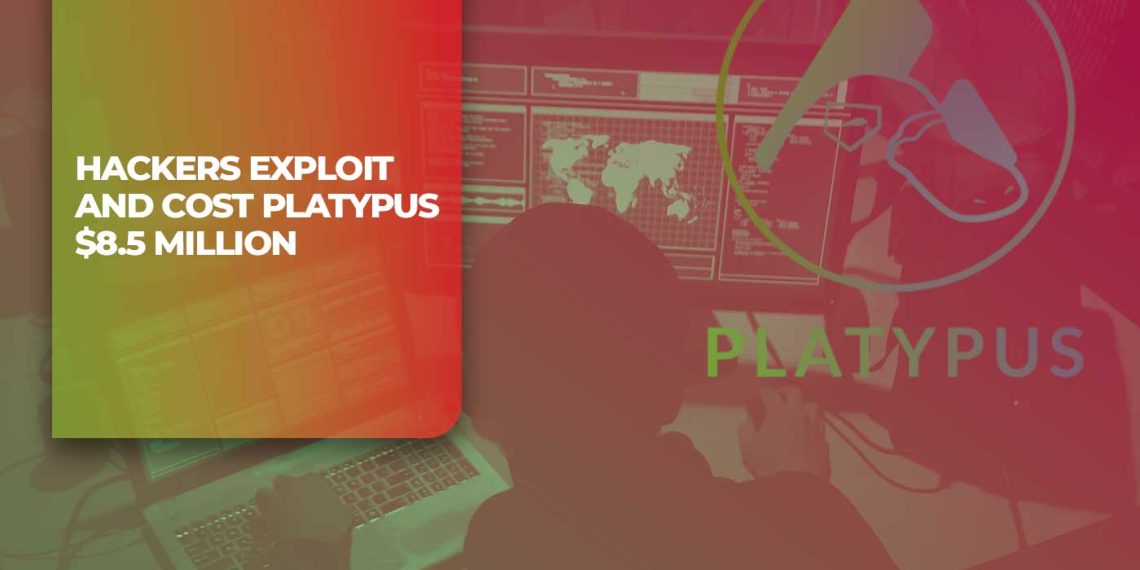The most recent decentralized finance (DeFi) technology to face an attack is Platypus. In fact, it was the victim of a cyberattack worth $8.5 million as a result of manipulation via a flash loan technique. Thankfully, a sizeable portion of the money has already been retrieved as a result of the coordinated actions of many parties.
On February 16, a cyberattack using the decentralized finance (DeFi) protocol Platypus hosted on Avalanche (AVAX) cost it $8.5 million. The blockchain security company CertiK initially announced the news, and today, Platypus on Twitter verified it.
The Effect of the Attack Can be Mended, Platypus Claims
Platypus claims that the other liquidity pools are secure since the hack only affects the primary liquidity pool that contains USP (the protocol’s stablecoin). But, as of right now, the money of the concerned pool’s clients is a priority, as they are only insured up to 35%. As a result, the USP temporarily lost its peg to the US dollar and lost 50% of its benchmark price.
The attacker employed a quick lending technique known as a “flash loan” to discover arbitrage opportunities, which is very frequently used to attack protocols. This is the method that was specifically employed in the latest September attack against the Nereus Finance protocol.

ZachXBT Unravels the Question: Who is the Perpetrator?
After examining many hints that pointed to the same person, the on-chain investigator ZachXBT, known for his investigations, disclosed the purported name of the hacker. The guy mentioned in the message afterward deleted both his Instagram and Twitter accounts.
Also, talks have begun between Platypus and the hacker so that the latter may return the money and keep a portion of it. ZachXBT claims that if the hacker refuses, there may be a legal probe launched against him.
The blockchain audit company BlockSec‘s assistance allowed the protocol to recover 2.4 million USDC, or slightly over 25% of the total, according to the most recent tweet from Platypus.
You may be interested in: David Solomon of Goldman Sachs Is Optimistic About a “Soft Landing”













